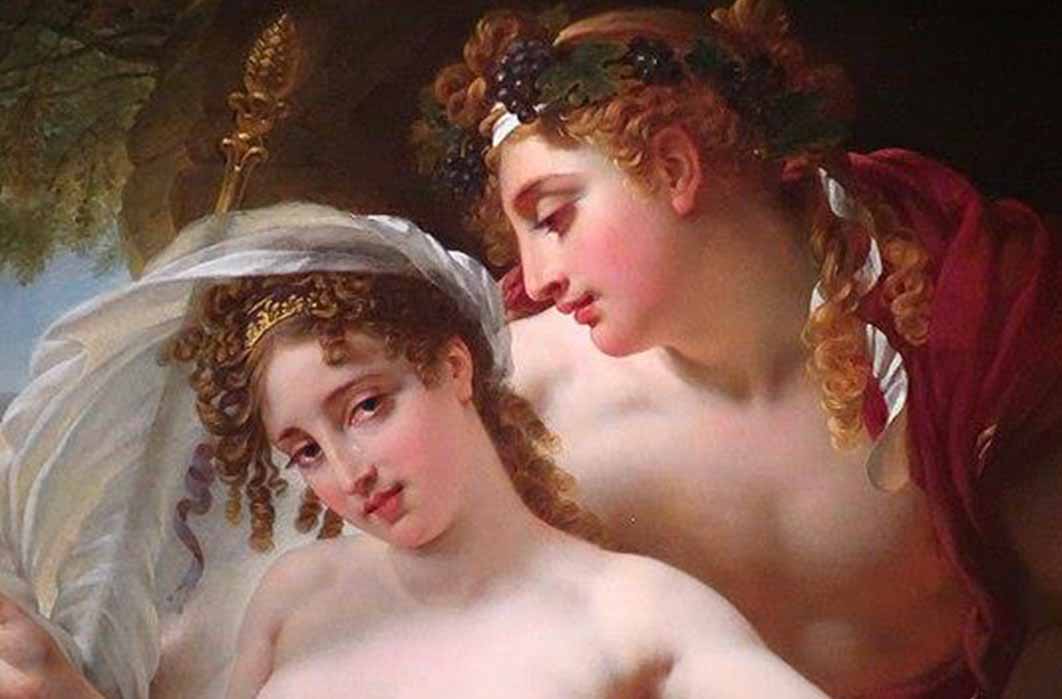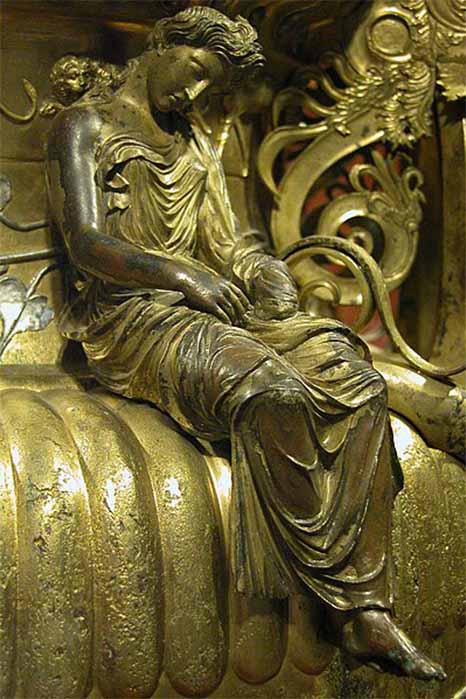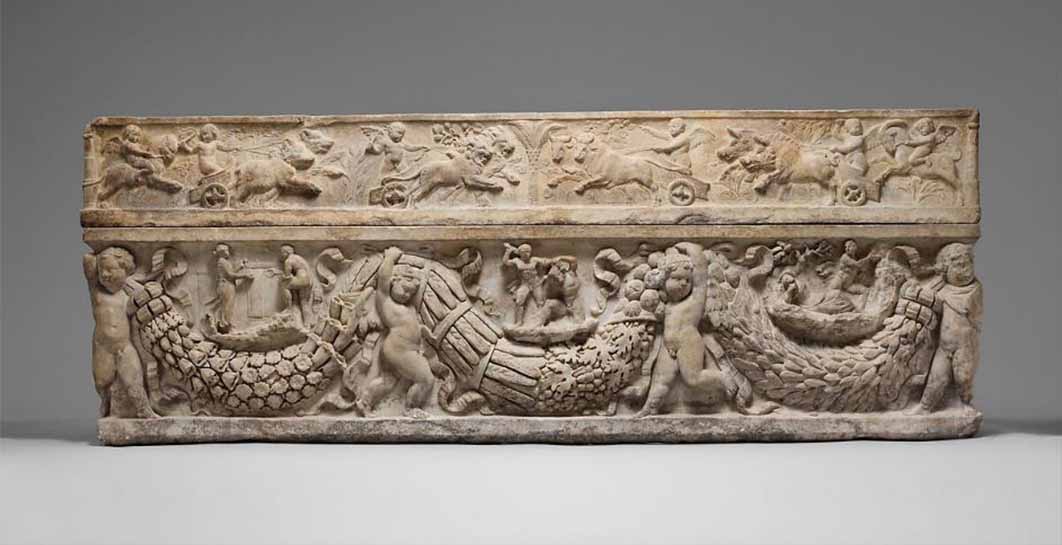
The Many Stories of Ariadne’s Life and Love
One of the largest Bronze Age archaeological sites in Crete is the palace ruins at Knossos. The passageways have an elaborate layout and one can still see murals that show a sport in which men would jump over bulls. There are physical signs and connections between the mythological stories related about the fabled inhabitants of the palace and the unearthed ruins of the building, suggesting that this sport is connected to the legend of the Minotaur, a mythical hybrid monster of man and bull.
Among these fabled occupants is Ariadne. It is possible that Ariadne was once revered as a deity, and she was perhaps “the Lady of the Labyrinth” mentioned in certain Linear B inscriptions from the Mycenaean era (c. 1700–c. 1050 BC). But in Greek mythology, Ariadne famously assisted the hero Theseus in overcoming the hideous half-bull, half-man Minotaur and making his way out of the Labyrinth, the terrifying labyrinth beneath the palace of Knossos in Crete that was commanded to be constructed by her father, King Minos of Crete.

Ariadne on the Derveni Krater, dating to the 4th century BC. (Michael Greenhalgh / CC BY-SA 2.5)
Ariadne was recognizable in her earliest known depictions from the seventh century BC thanks to the ball of thread she was holding. Afterwards, she was frequently depicted besides Theseus and the Minotaur or, as seen on the François Vase, with the Athenians who had accompanied Theseus to Crete. Sometimes Ariadne was depicted wearing her renowned golden crown in literature as well as art.
In time, Ariadne started to appear in a wider range of mythological scenarios. Her union with Dionysus gained popularity as a theme in Greek and Roman art after the fifth century BC. One well-known picture depicting Ariadne and her sister Phaedra in the Underworld is the Nekyia of Polygnotus, which is kept in the Lesche of the Cnidians at Delphi.
The Man, the Wife, and the Bull
There are numerous noteworthy myths featuring prominent roles for the female members of Ariadne’s family. The witch in Homer's Odyssey who transforms Odysseus' men into pigs is Ariadne's aunt, Circe. In the Greek tragedy Hippolytus by Euripides, Ariadne's sister Phaedra grows up to marry Ariadne’s love interest Theseus later in life, but she first falls in love with his son Hippolytus, setting off a series of tragic events that culminate in Theseus causing the murder of his own son.
Ariadne’s mother is Pasiphae, daughter of the sun god Helios. Her story was quite sensational in itself. Ariadne’s father Minos prayed to Poseidon for a snow-white bull as a sign that he would be able to govern instead of any of his siblings. With the understanding that the bull would be offered as a sacrifice to himself, Poseidon sent the snow-white bull to Minos. Minos sent Poseidon's bull back to his herds and replaced it with a lesser bull because he thought the bull was too fine a specimen to kill. Poseidon became furious and ordered Aphrodite to curse Pasiphae, Minos' wife, making her fall in love with the divine bull.
Pasiphae begs the skilled artisan Daedalus to create a lifelike wooden cow that she can conceal herself in and use to entice the bull. Soon, Pasiphae gave birth to the Minotaur, a beast with a bull's head and a man's body that has an unquenchable hunger for human flesh. Poseidon also passed on his wrath onto the bull, causing him to destroy the entire area. Minos banished the Minotaur to the depths of the Labyrinth, from where it would never be able to return. Although he is most popularly known as the Minotaur (“the bull of Minos”), the creature was also known by the name Asterion (“little star”).





